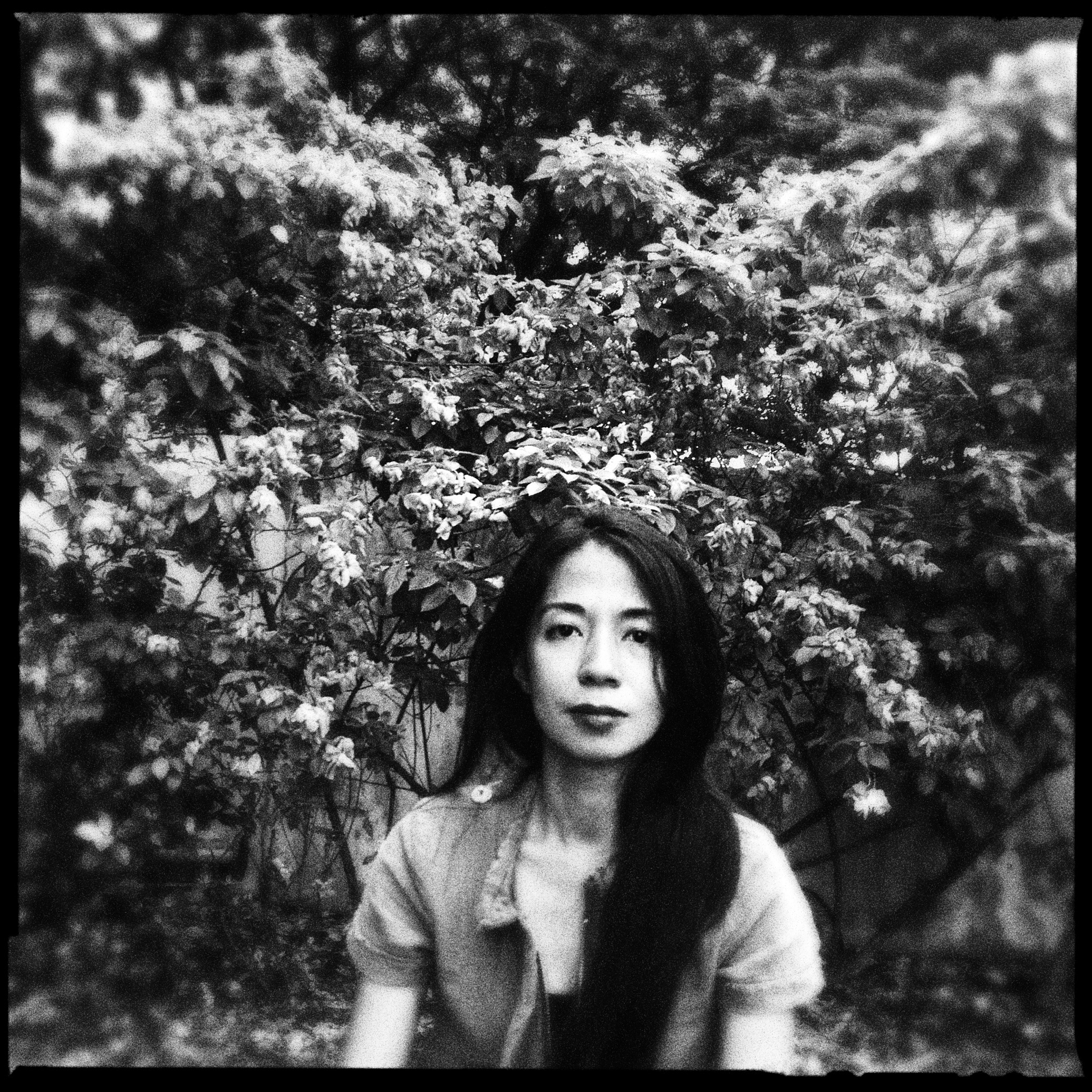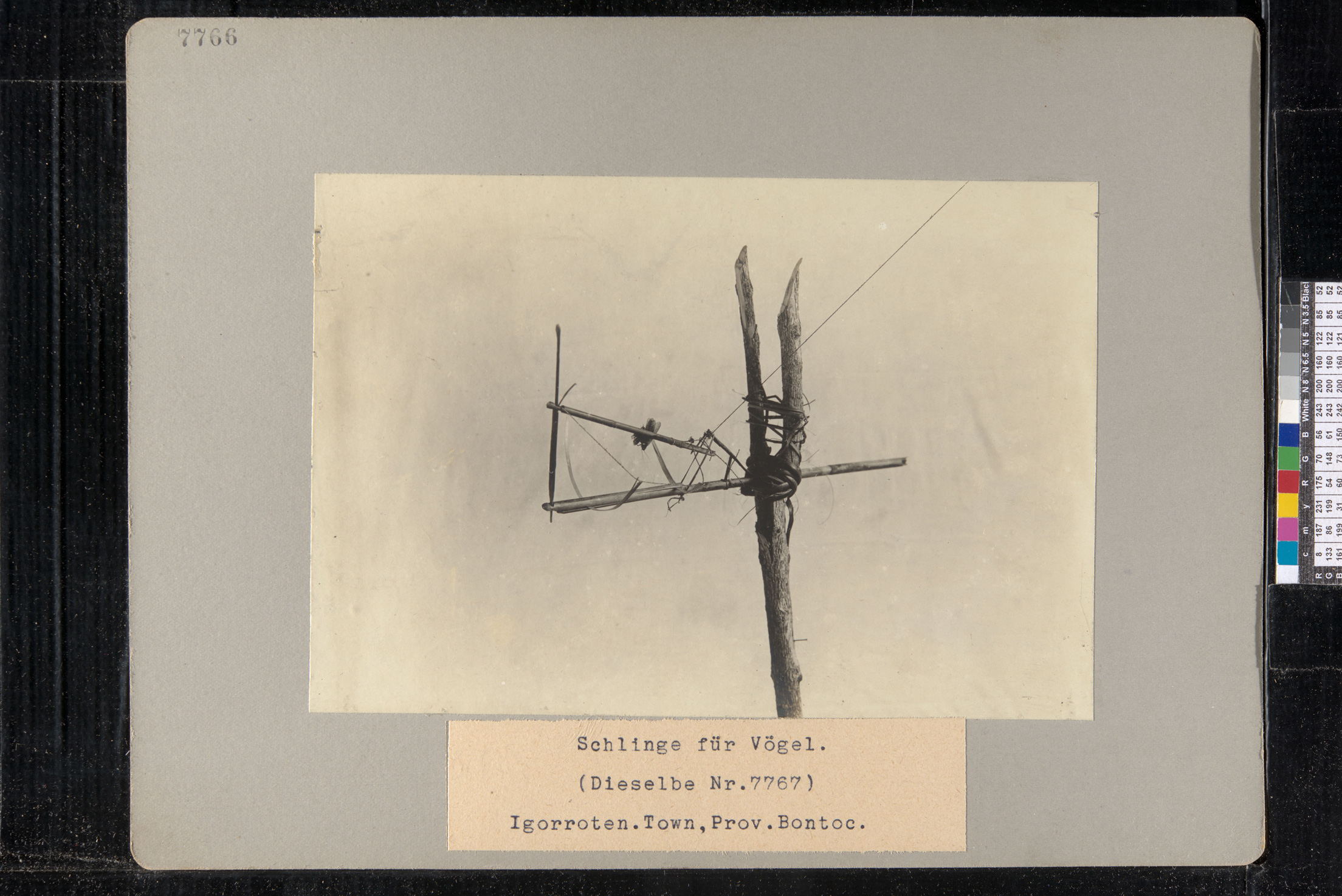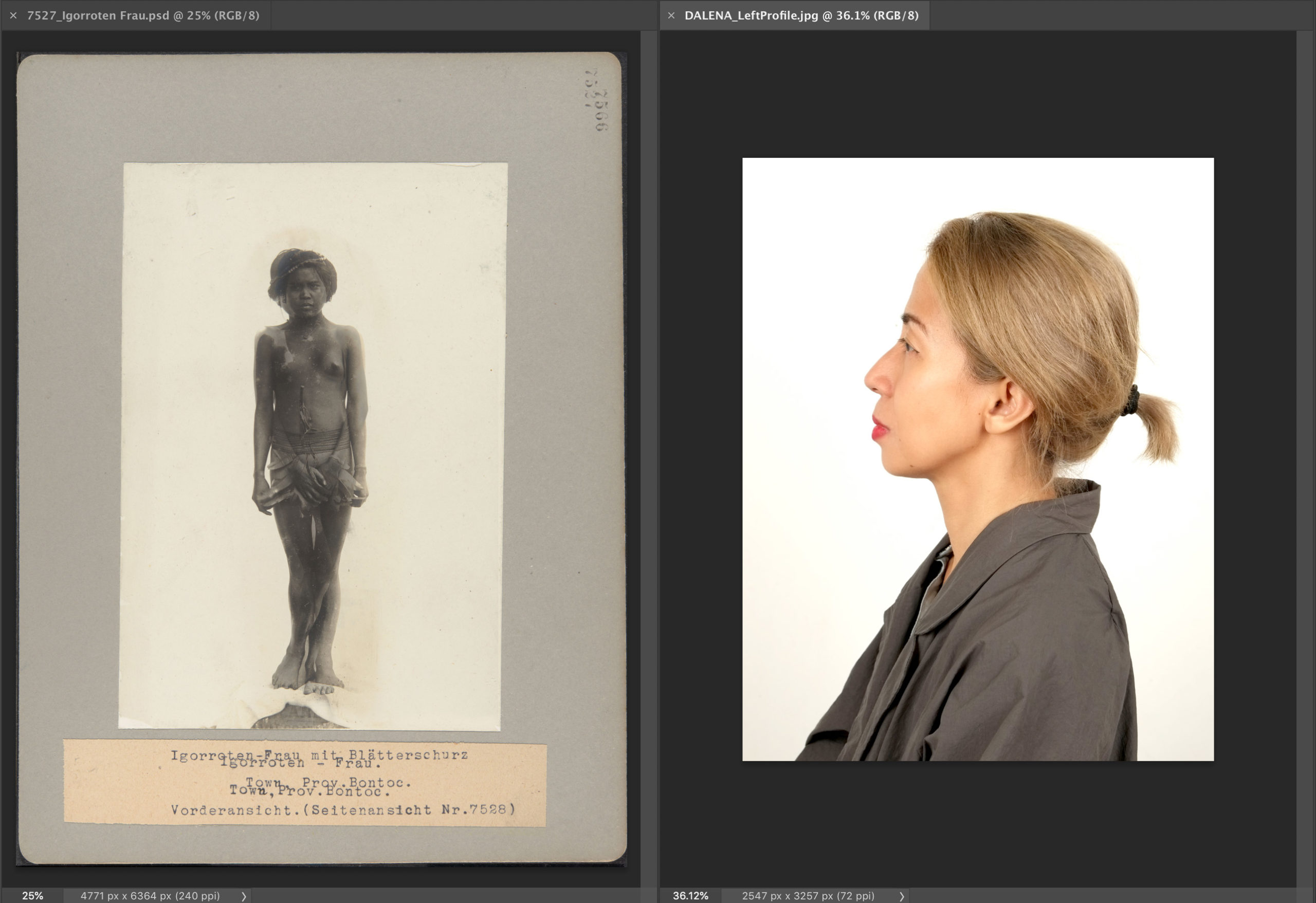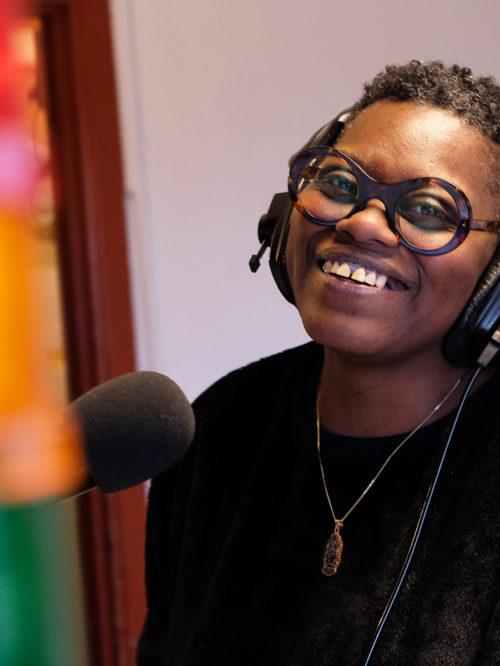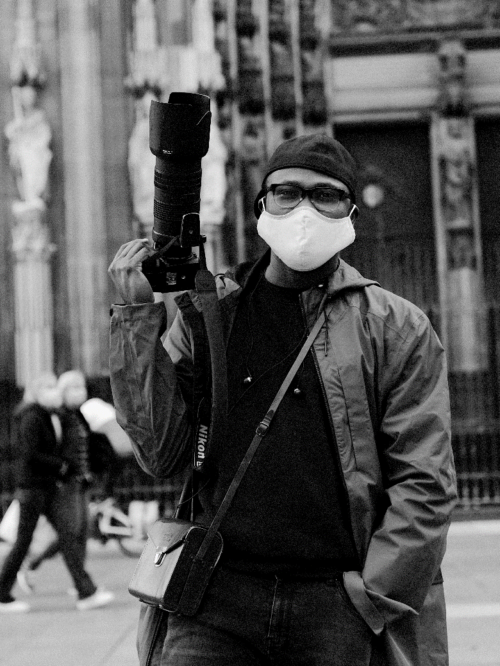Kiri Dalena
My work began with two names that I couldn’t properly pronounce, Dean Conant Worcester and Georg Küppers-Loosen, and an inventory of 3,781 photographs concerning the Philippines that were captured and collected by these men over a hundred years ago.
My encounter with images of the early years of the American conquest of Philippines consisted of mostly images from the Philippine-American war. These were landscapes of trenches strewn with bodies of Filipino revolutionaries.
In this body of historical photographs of the Philippines from the Rautenstrauch-Joest-Museum, taken from 1887-1907, there are few traces of the war. Instead, the collection is filled with carefully captioned pictures of the living, identified, filed and organized according to location and ethnicity. On the one hand, I should have revelled at this encounter with images of our people from that period. Our flesh and manner of dress, our existing infections, wounds and scars, meticulously documented and framed.
But on the other hand, these very same images that disturbed. I kept searching, seeking to understand and articulate what it was that disturbed in my encounter with these pictures. A hundred years ago, our people were made to keep still to have their photographs taken.
I hope that by returning to and rewriting these photographs, I can contribute to the articulation of a living resistance.


